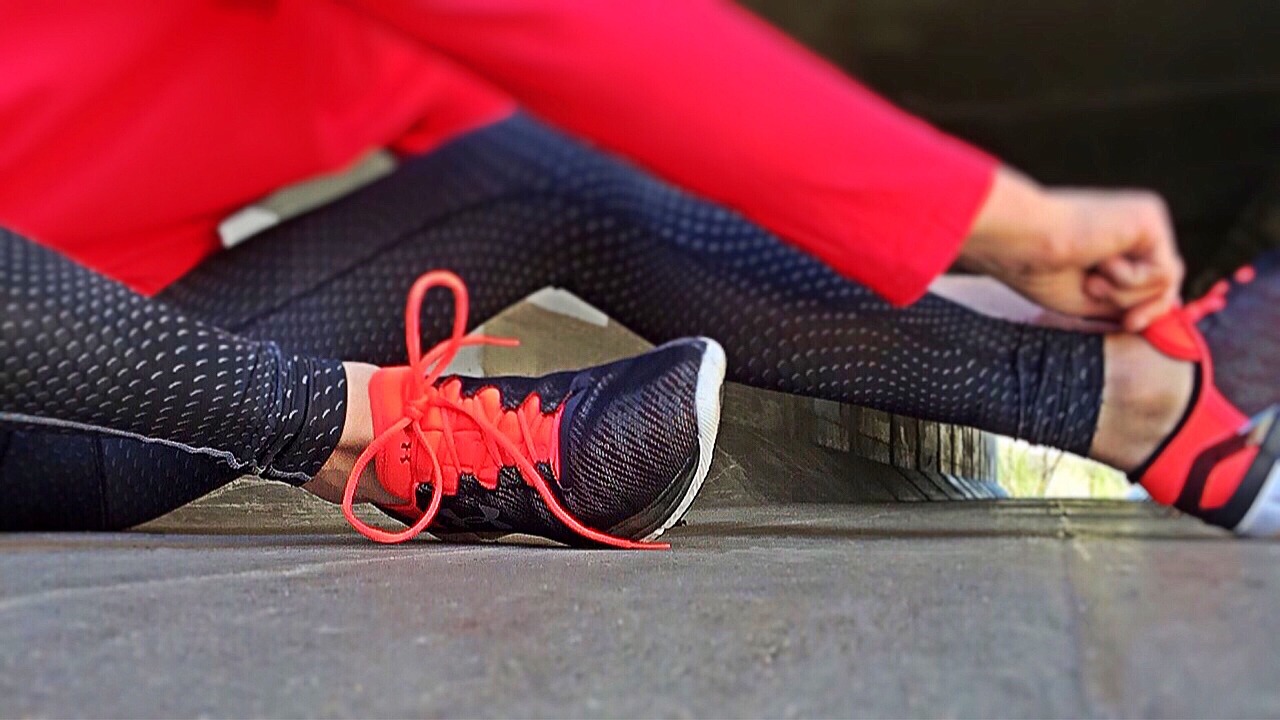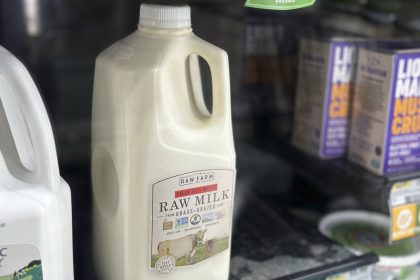How to Strengthen and Stabilize Your Core

WASHINGTON — When you think of a strong core, you may think of visible, six-pack abs. But there is more to your core than its appearance, and it’s more than just your abs. Multiple muscle groups make up your core, and strengthening it can influence how you move and feel daily.
Here, we’ll explain the muscles of your core and how a strong core can influence your health. We’ll also get into the science behind strengthening your core and give you the best exercises to do in order to achieve that goal.
What Is Your Core?
If you think of your stomach when you think of your core, you’re on the right track. However, it goes deeper than its superficial appearance and wraps fully around your body.
- Abdominals: Your six-pack abs are called the rectus abdominis. They help “flex” or bend your torso forward. Below them, your deepest abdominal muscles are called the transverse abdominis, which create pressure to stop your trunk from moving.
- Internal and External Obliques: Your internal and external obliques are on either side of your torso. They’re responsible for twisting and laterally bending your torso.
- Lower Back Muscles: The muscles in your lower back are part of your core. Your erector spinae helps to bend your torso backward and stabilize your lumbar spine.
- Glutes: Your glutes may be lower down, but still contribute to a strong core. They help to stabilize and move your hips and legs.
How a Strong and Stable Core Improves Health
Core strength and stability help you stop unwanted spinal movements that can lead to pain, injury and poor posture.
A strong core:
- Protects Your Spine: A strong and stable core prevents your spine from moving under load in exercises and activities of everyday life.
- Improves Your Posture: Strengthening your core, including muscles around your spine, can help improve your posture. A strong core can help you maintain a neutral position when you sit or stand for long periods.
- Helps Reduce Back Pain: Research shows that in some cases, people with “non-specific lower back pain” benefit from building core strength and stability. Learning to stabilize lower back muscles may reduce pain.
- Helps Reduce Injury Risk: Many studies show that a strong and stable core may prevent injury during athletic activities and everyday life. A strong core may reduce injury risk, whether deadlifting in the gym, lifting your child off the floor, or carrying groceries.
How to Strengthen and Stabilize Your Core
How does it all work? Your spine moves naturally in four ways.
- Flexion: bending forward.
- Extension: bending backward.
- Rotation: twisting side to side.
- Lateral Flexion: bending side to side.
All of your core muscles play a role in these movements. Strengthening them may help you achieve these movements without pain. However, unwanted movements, especially if you are carrying something, can cause injury and pain. Building core stability allows you to engage your core to resist these movements.
“Anti-Core” Training and Best Exercises
Traditional core exercises like sit-ups and crunches are okay, but one school of thought is strengthening and stabilizing your core by teaching it not to move. “Anti-core” exercises teach you to resist each of the four movements.
- Anti-Flexion: Exercises where you engage your core to stop your torso from bending forward. When you do a bodyweight (or weighted) squat, keep your torso upright. Squats also work your hips and glutes, making them a full-body exercise with a core focus.
- Anti-Extension: Many core exercises stop you from bending your spine backward (or arching it). Focus on this when you do a plank — don’t let your stomach drop towards the floor while your lower back arches. In a hollow body hold or dead bug, keep your lower back touching the floor.
- Anti-Rotation: Core exercises that stop you from rotating or twisting your torso from side to side. A bird dog is a great example that also involves anti-extension. As you reach your arm and leg out from a hands and knees position, resist twisting your spine or moving.
- Anti-Lateral Flexion: Exercises that stop you from bending side to side. One example is a side plank, where you stop one side of your torso from sagging towards the floor. A farmer’s carry is an exercise where you walk slowly while carrying weights in each hand. Try not to let one side weigh you down and maintain an even posture. You can also practice this when carrying groceries or everyday items.
Stay Strong and Stable
It’s not just about looks — a strong core prevents injury, reduces pain and can improve your movement quality in and out of the gym. When choosing exercises, think about engaging your core to resist all spinal movements in everything you do. The best core exercise is to stay aware of it in all activities and everyday life.
You can reach us at [email protected] and follow us on Facebook and X (formerly known as Twitter)

























